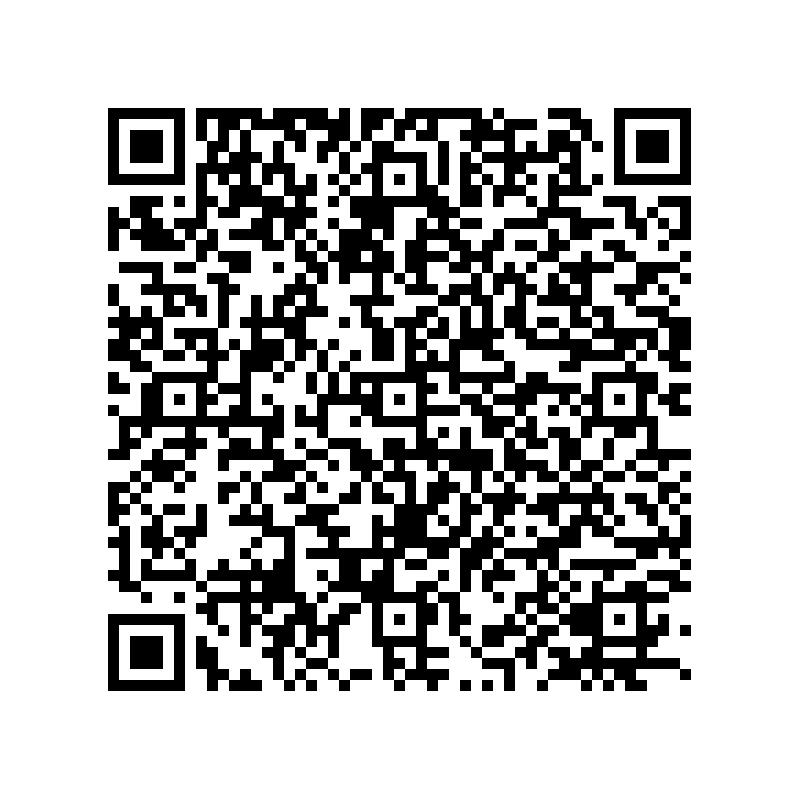Section Branding
Header Content
Battleground: Ballot Box | Inside 'Election Twitter,' Where Maps Tell Stories
Primary Content
On this episode of Battleground: Ballot Box podcast, we take a step back from all the voting chaos — sort of — and talk with someone who represents the future generation of voting and political participation.
Niles Francis, 19, isn’t your typical teen.
“When I was six years old, I memorized every American president from George Washington to, at the time, Barack Obama,” he said. “Since then, I’ve been very fascinated by politics.”
Francis has amassed a following on social media as an elections analyst and forecaster, writing for publications such as Decision Desk and Larry Sabato’s Crystal Ball. He probably knows more about precinct and county-level election results than anyone you will ever meet.
He’s currently taking online college classes at Georgia State University because of the pandemic, but you can find him schooling people on demographic changes and partisan shifts on Twitter. He also posts red-and-blue tinted election maps. What first drew him into politics was 2016’s race, where he saw much discussion about swing counties and vote counting and the like. This year, his interest intensified because of the ceaseless news cycle of 2020, from the killing of unarmed black jogger Ahmaud Arbery in one of Georgia’s coastal counties to the nationwide protests following the police killings of Breonna Taylor and George Floyd and Rayshard Brooks in Atlanta.
“Those events, as tragic as they were, as horrific as they were, I think those events did a really great job of (getting) media organizations to include more minority voices, more younger voices and conversations about police brutality and criminal justice,” Francis said. “Prior to this year, voices such as mine and others really haven't had a seat at the table when it comes to these conversations. Now we do, because people see how important these issues are.”
Politics, like most institutions, favors the loud, the white and the well established. Francis, who is young and Black and just starting out in the field, said that the online world of election mapping and analysis — colloquially known as “Election Twitter” — is a great equalizer.
“It's basically a group of young people who love following elections and love breaking down election results and enjoy having conversations about elections,” he said. “Obviously it's on Twitter, so hence the name ‘Election Twitter.’”
He explained the young people behind “Election Twitter” help break down election results.
“A lot of us, especially myself, don't really have these types of conversations with our peers,” he said. “So being on Twitter having these conversations with people on Twitter allows you to find people your age who enjoy these kinds of things.”
It can be overwhelming at times for Francis, who has 23,000 followers and counting. Earlier this year, the young analyst was chased off of Twitter after Congresswoman-elect Marjorie Taylor Greene (R-Ga.) sicced her followers on him for a few days.
Still, it’s also an opportunity to digitally travel beyond his home state of Georgia to learn more about what makes communities tick.
Precinct results and changes over time may not excite you, or even make a difference in your understanding of elections. However, Niles Francis and others have used this mundane data as a tool to tell larger stories that can fill in the gaps of larger trend pieces.
He pointed to Gwinnett County, which was once a Republican stronghold, but in the last election voted for Biden by 18 points.
“Maps do a really good job of telling those stories of how diverse the county is becoming, and how big it's becoming.” he said. “So I think, like you said, there's a lot more to it than just like, you know, a bunch of random colors put together. This basically tells you a story of how a certain county, district, state is changing politically, demographically. It tells all sorts of different stories.”
With the 2020 election cycle, he’s offered predictions about the presidential contest and other races, but the double-barrel Senate runoff happening now is a whirlwind.
“Runoffs are all about one thing and one thing only: turnout, turnout, turnout,” Francis said. “So the main thing I'll be watching is which party does a better job of getting their base out to vote.”
Georgia’s two Senate races will decide control of the U.S. Senate. No pressure! With hundreds of millions of dollars in fundraising and spending, it’s hard to predict who gets swayed.
Francis said to be successful, Democrats need to do a great job of turning out minority voters who don't usually show up for these runoff elections.
For Republicans, he said, it's all about that rural turnout “to offset the Democrats' mail-in voting push, early voting push.”
“We're not exactly seeing that in the mail-in returns so far,” he added. “So I'm assuming that they're hoping that a huge rural turnout on election day in January will save them in the end.”
So far, early voting data show increased interest in the runoff, but driven by metro Atlanta more than those rural strongholds that support President Donald Trump.
Trump travels to Dalton, Georgia, for a rally the night before election day.
Francis said it’s going to come down to turnout, but the ambitious young analyst has his sights set on the next big thing to break down once the runoffs are complete — redistricting.
Battleground: Ballot Box is a production of Georgia Public Broadcasting. You can subscribe to our show gpb.org/battleground or anywhere you get podcasts. Please leave us a rating and review on Apple Podcasts. Our editor is Wayne Drash, our intern is Eva Rothenberg, our show is mixed by Jesse Nighswonger and the Director of Podcasting is Sean Powers.



